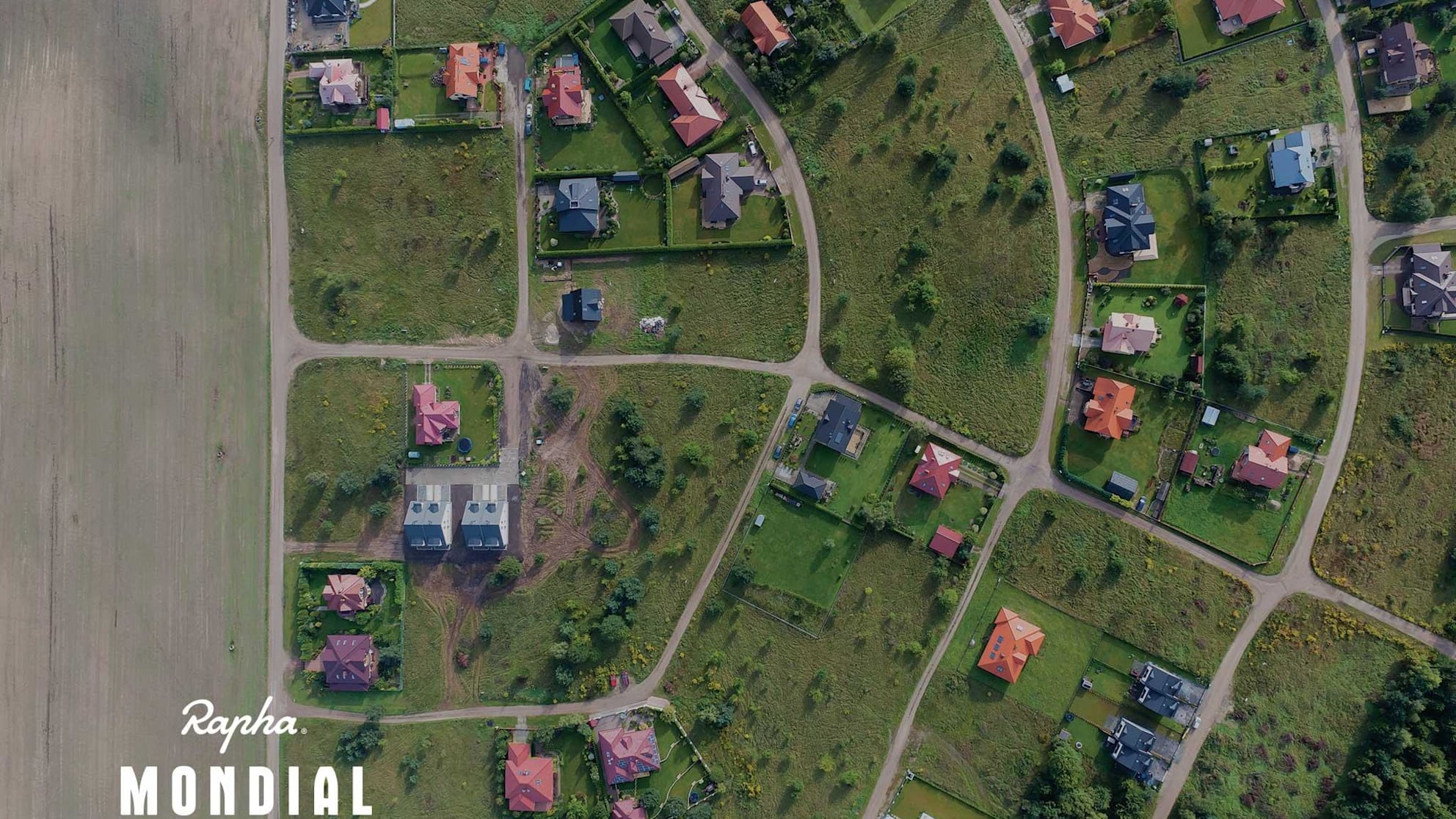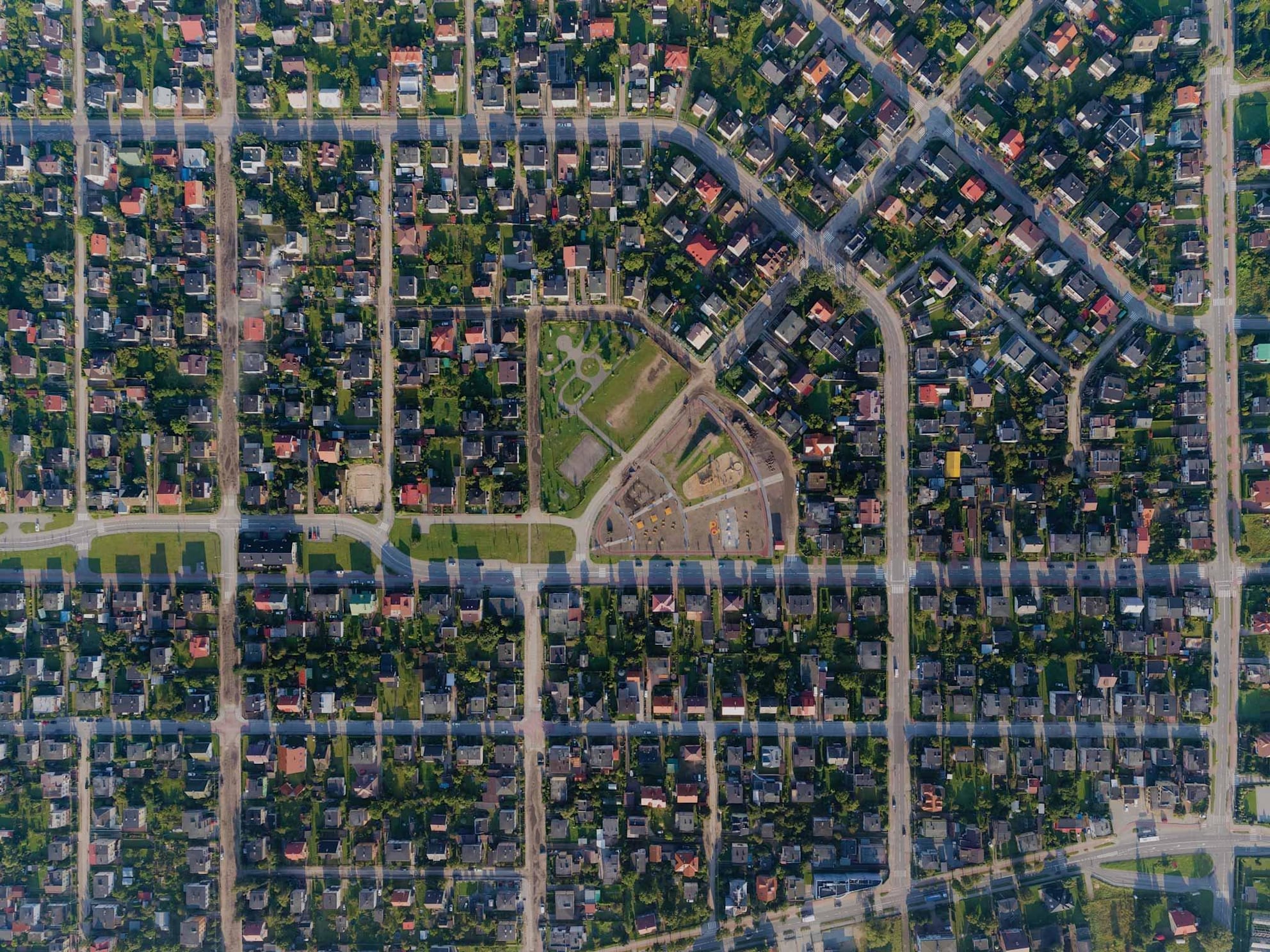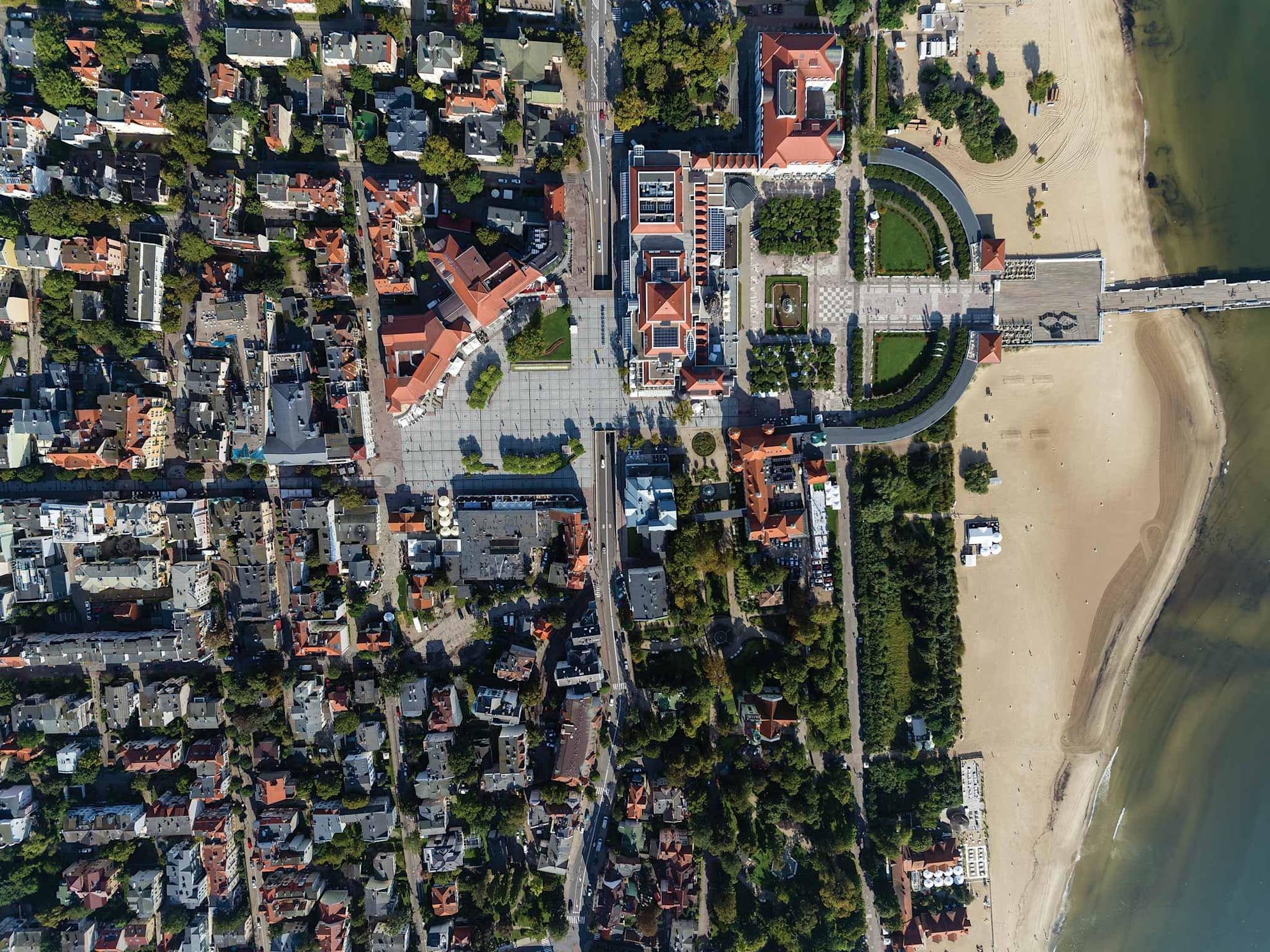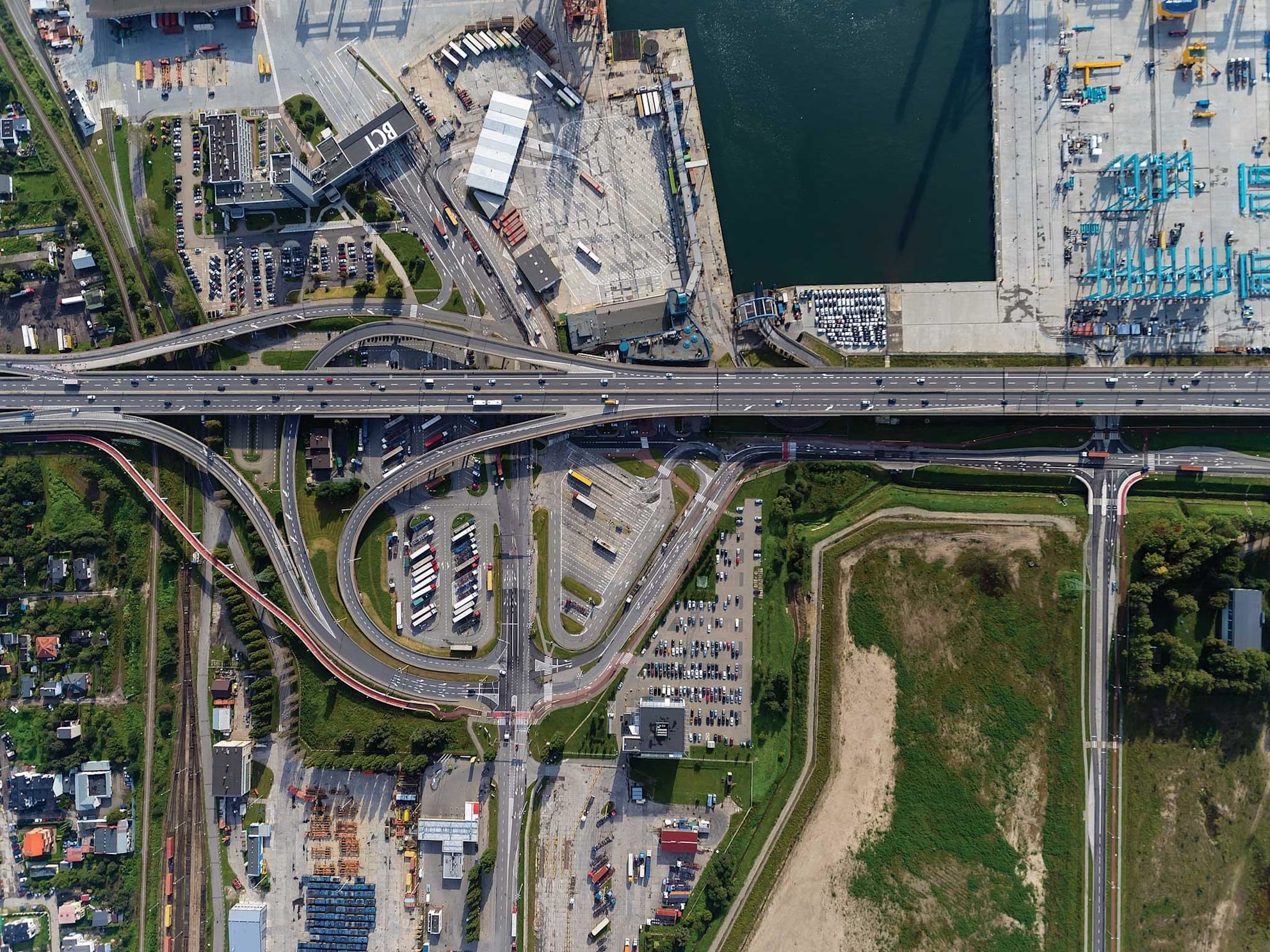Ever since the earliest creatures swam in the primordial sea or lurched across the land, animals have needed to know where they’re going – whether headed for food, shelter, safety or sex. Our ancestors migrated thousands of miles across the face of the planet in search of new homes. Then, once they’d established their settlements, they needed to make sure they could get back to them.
Humans have traditionally relied on heaven and earth for guidance, taking bearings from the sun and stars or familiar landmarks. We made ever more detailed maps, marking out the world in precise quadrants and recreating reality with symbols and signs. Today, navigation is the domain of digital devices. The Global Positioning System (GPS), which uses satellites for location tracking, was originally invented by the US military in the 1970s. Combined with satellite navigation (satnav) devices and mobile phone apps, it has quickly become a vital tool for civilians everywhere.
But there’s much more to wayfinding than these external maps. Our most important navigation system is embedded deep within the brain, according to Hugo Spiers from University College London. We meet in his office in Bloomsbury, with large windows showcasing an impressive view of north London on one side and plastered with a large map of the city on the other.





